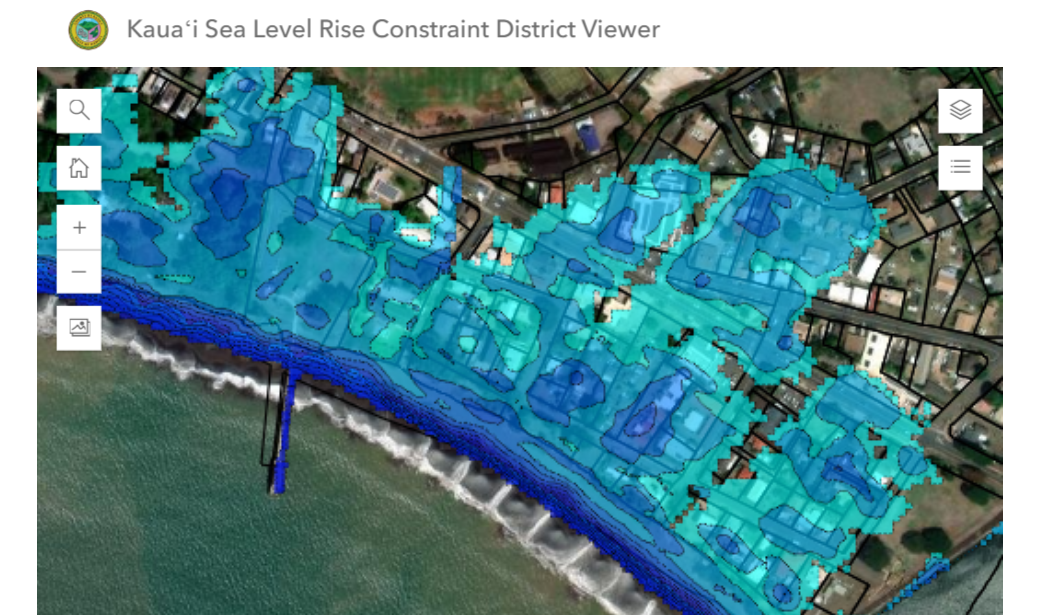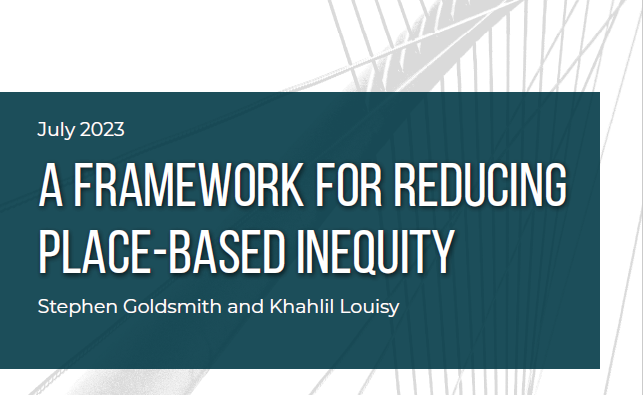- July 9, 2018
- Data Visualization
According to the Chapman University Survey of American Fears, Americans in 2017 were, for the third year in a row, more afraid of “Corrupt Government Officials” than anything else. I’ll admit that I had difficulty assessing the significance of this statistic. Does this mean that roughly 75 percent of Americans are kept awake at night by the thought of bribery? Do they sometimes get the feeling that there’s a reprobate congressman lurking in the next room? Or is it more of a lingering sense of unease: the persistent thought that somebody, somewhere is embezzling public funds?
I think the reason for my confusion is that we use this word, fear, to refer to a diverse set of mental phenomena. The first definition which appears in the Merriam-Webster Dictionary, "an unpleasant often strong emotion caused by expectation or awareness of danger,” is very particular, but we also use the word somewhat interchangeably with “concern”—that is, we use it to refer to a matter of interest that causes us some degree of anxiety—and it is, presumably, this meaning Americans have in mind when they say they are afraid of corruption.
But whatever we mean, it is unclear what we should do with such a fear, for it eludes all of the immediate solutions that we typically associate with the word: You can’t, for instance, flee from corruption, and installing night lights doesn’t help much either. Corruption is a complicated problem requiring thoughtful, coordinated, and persistent action. The same goes for Americans' 2nd and 3rd top fears: healthcare and pollution. And in all such cases, it’s unclear what the emotion of fear adds to the conversation--other than, perhaps, a necessary sense of urgency.
Even here, though, fear can lead us astray. Recently, Gene Balk, a columnist for the Seattle Times, paired data from a survey recently run by Seattle University’s Department of Criminal Justice with crime rate data from the Seattle Police Department to compare Seattle residents’ fear of crime to its actual occurrence neighborhood by neighborhood. The results were surprising: Many of Seattle’s safest neighborhoods reported a higher fear of crime than did some of its most dangerous.
Balk included with the article two maps that make this incongruity apparent. The map on the left color-codes each neighborhood by its fear of crime on scale from zero to 100, and the map on the right does the same for the actual rate of crime (crimes per thousand people) in each neighborhood.

In some areas of Seattle, the second map almost appears to be a photo negative of the first, particularly in the southwest corner, across from Mercer Island. A comparison of neighborhoods like South Beacon Hill, which is one of Seattle’s safest, and South Lake Union, which is Seattle’s second-most dangerous, is similarly confounding.

Balk offers up one potential explanation: Exposure to the news or hyper-local websites may cause residents of certain neighborhoods to overestimate how dangerous the world around them really is. The effect is known as ‘Mean World Syndrome,’ and was originally conceived by George Gerbner, a professor of communication, who believed it to be the result the overabundance of depictions of violent acts in television and movies. One reason for the difference in fear between less dangerous and more dangerous neighborhoods in Seattle might then be the relative number of residents in each who watch the news, or who frequent websites like Nextdoor.com, whose users often post about crime.
This, however, is only one explanation among many. To begin with, we have no particular reason to think that the time we spend being afraid of something ought to align with the probability of its actual occurrence. Furthermore, emotions are themselves difficult things to measure. This does not mean that any attempt to measure it is futile—only that further context will always be necessary. ‘Mean World Syndrome’ might be the reason for the incongruity, but without similar neighborhood-level data on news viewership, there’s no way to tell. More data in general is also necessary to ascertain whether there indeed exists a state of affairs, perhaps even in another city, in which our shared intuition about the relationship between fear of crime and crime rates is actually correct.
Balk’s two maps and the data from which they were gathered constitute the beginning of a conversation. The word is fit because there is no conclusion or line of reasoning which is best suited to lead the way; instead, alternative explanations and new inquiries ought to all be considered and compared. Though they do occasionally provide solutions or answers, the more fundamental value of data is their ability to provide substance and context for that ongoing conversation. At the very least, they serve as a reminder that there is always more to say, more questions to ask.
And what questions might we ask here? For one: How should the city of Seattle respond to the differences in its residents’ fear of crime? Secondly, what differences are there between responding to a fear of crime versus responding to crime? And thirdly, what data would be helpful for evaluating the success of any such intervention?

 Daniel is a Summer Research Assistant/Writer for Data-Smart. He graduated from Williams College with degrees in Philosophy and Mathematics.
Daniel is a Summer Research Assistant/Writer for Data-Smart. He graduated from Williams College with degrees in Philosophy and Mathematics.


